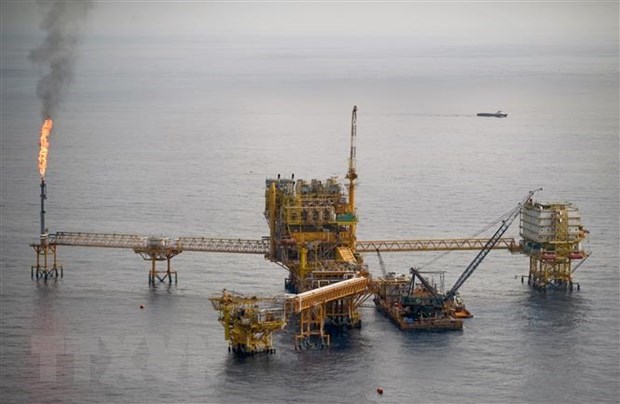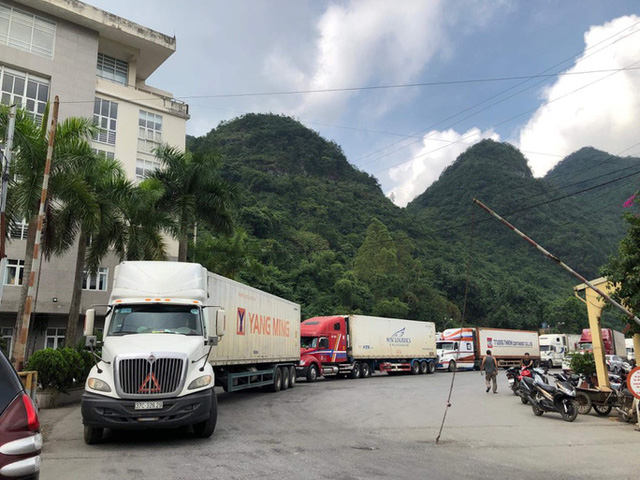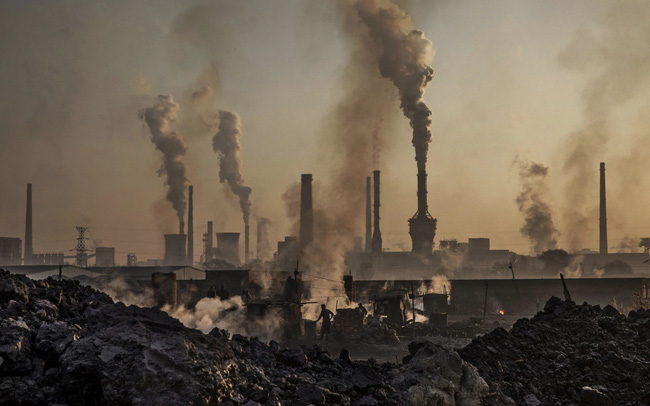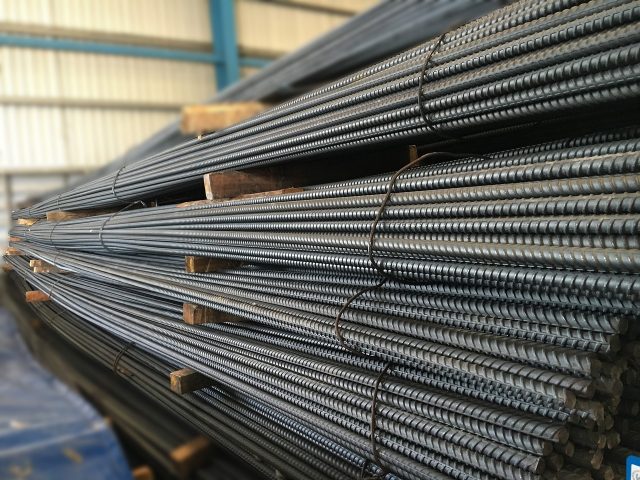Not only in China, the stainless steel market is heating up globally due to scarce supply but rapidly increasing demand, along with rising raw material prices.
Metals demand continues to grow globally as manufacturing and the economy both recover strongly from the Covid-19 pandemic.
The iron and steel market, after a quiet period recently, suddenly heated up. Prices of steel and steelmaking materials around the world increased for several consecutive sessions.
Iron ore price increased for 4 consecutive sessions; Steel prices in China, the US, and Europe are all climbing
Accordingly, the iron ore futures contract referenced on the Dalian Stock Exchange (China) extended the series of 4 consecutive price increases as China’s economic recovery slowed, leading investors to raise hopes that the Government would additional support policies.
Iron ore futures on Dalian ended July 15, up 1.6% to 1,234 yuan ($191)/ton; Iron ore futures on the Singapore Exchange also increased 1.9% to 214 USD/ton.
The price of imported 62% Fe iron ore for immediate delivery at Chinese seaports has remained at over $220/ton. Meanwhile, the price of coal – a raw material used in steel production – also increased this session, with coking coal on the Dalian bourse up 0.6%, and coke up 2.7%.
Steel prices continued to increase for the second consecutive session, with rebar – used in construction – trading on the Shanghai floor today increased by 0.9% compared to the end of the previous session. Hot rolled coil – used in manufacturing and fabrication – rose 0.5%, despite data showing China’s crude steel output fell 5.6% in June from a record high in May. .
In particular, stainless steel continued to increase amid strong domestic demand and low inventories. Ending the session on May 15, the price of stainless steel on the Shanghai floor increased 3.4% to 18,240 yuan / ton, the highest level since trading of stainless steel contracts began on the Shanghai Exchange in 2019. In the previous session (July 14), the price of stainless steel increased by 4.1%.
Not only in China, the stainless steel market is heating up globally due to scarce supply but rapidly increasing demand, along with rising raw material prices.
Fastmarkets data shows that the price of 304 cold-rolled stainless steel sheet products in Northern Europe on July 9 was at 3,350 – 3,400 euros ($4,077 – $4,138)/ton, up 200 euros compared to 3,150 – 3,200 euros/ton a ton. previous week,.
Nickel prices rise sharply
While governments and investors are increasingly concerned about the impact of prices on industrial output, most forecasters expect stainless steel production and nickel prices to increase this year. According to the International Stainless Steel Forum (ISSF), global stainless steel production in the first quarter increased 24.7% year-on-year to 14.5 million tons.
Nickel is a raw material in the production of stainless steel. This market shows signs of tightening supply, causing the price to remain above 18,000 USD/ton since the beginning of July until now.
The premium for imported nickel into China – the difference between the Shanghai and London nickel prices – rose more than 10% in the week ended June 22, and has continued to rise since.
Metals demand continues to grow globally as manufacturing and the economy both recover strongly from the Covid-19 pandemic, driving stainless steel production and nickel mining and recycling.
Mining at Vale’s nickel mine in Sudbury, Canada, remains stalled after a second round of negotiations between employers and the union representing Vale’s workers has yet to come to fruition. Nickel and stainless steel recycling conditions are both struggling to keep up with demand.
Meanwhile, demand for nickel, which had been pent-up for a long time during the lockdown due to the covid-19 pandemic, has recovered strongly.
After falling below 17,000/ton at the end of May, spot nickel prices on the London floor rose consecutively, to around 18,500 USD/ton at the end of June as stocks were depleted. The amount of nickel in storage on the London floor for nearly 30 days, from May 24 to June 21, decreased by 12,618 tons.
As of early July, just over 230,000 tons of nickel remained in LME stocks, down 33,000 tons since the end of April.
Steel demand soars all over the world
China’s economy grew more slowly than expected at 7.9% in the second quarter. This reflects a slowdown in production, impacted by rising raw material costs and the resurgence of the Covid-19 pandemic, which has hampered the overall recovery of the economy and iron-using sectors. steel in particular.
China’s disappointing GDP data has raised expectations that the government will keep interest rates steady at current levels “for a long time” and possibly roll out, according to ANZ analysts. additional monetary measures” in the second half of the year.
“We believe the authorities will actively mitigate risks to the financial system in the second half of the year,” the ANZ report said.
Liquidity in the Chinese market increased after banks’ reserve requirement ratio from last week was adjusted down by 50 points.This could help boost China’s steel and raw materials demand growth, contrary to some analysts’ expectations that demand will slow in the second half of the year.
Around the world, the PMI index compiled by J.P. Morgan tracks for June is 55.5, indicating that manufacturing continued to increase for the 12th consecutive month. IHS Markit also said: ‘Global manufacturing remained strong in June with output, new orders and employment all increasing, along with very high business optimism.
Manufacturing conditions in Europe in particular in June were very positive, with the top seven manufacturing PMIs all in Europe, followed by the US. Improved production led to a sharp increase in steel production to meet demand, leading to an increase in demand for steel materials.
However, the strained global supply chain continues to affect production plans and make the supply of raw materials difficult, leading to a sharp increase in prices.’
For these reasons, it is forecasted that the world demand for iron and steel will continue to remain high, and prices will hardly be able to cool down anytime soon.
Source: ndh.vn
T&G International Joint Stock Company
Address: 352 Hue Street, Le Dai Hanh Ward, Hai Ba Trung District, Hanoi
Hotline: 0345786803
Email: hrm@tginterjsc.com
Website: http://tginternationaljsc.com




















